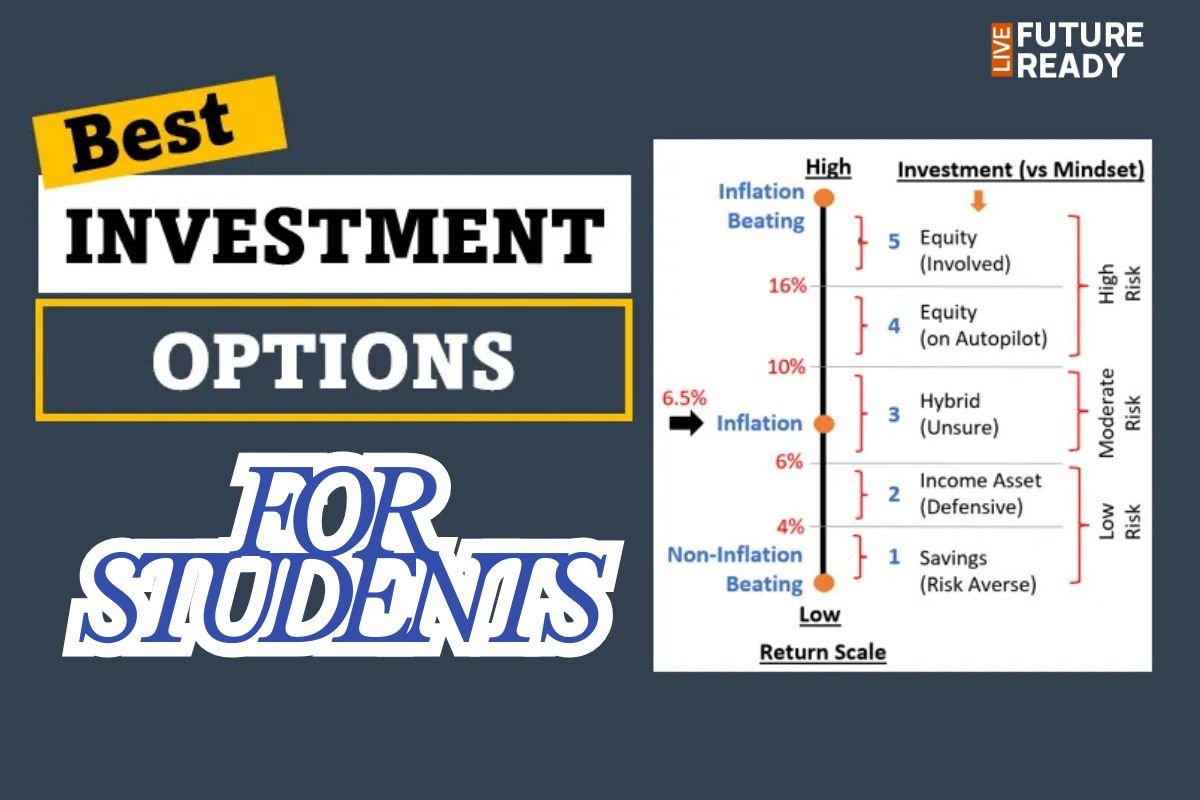The U.S. stock market showed signs of cooling down after posting consecutive gains, with stock futures slipping slightly on Tuesday, March 26, 2025. This comes after a strong rally in major indices, fueled by optimism surrounding Federal Reserve policy and corporate earnings reports.
Why Are Stock Futures Dropping?
Several factors contributed to the dip in stock futures:
- Profit Booking: Investors who benefited from the recent rally are now locking in their gains, leading to selling pressure.
- Interest Rate Concerns: The Federal Reserve has hinted at potential interest rate cuts later in 2025, but uncertainty remains about the timing.
- Geopolitical Tensions: Ongoing global conflicts and trade policies are impacting investor confidence.
- Corporate Earnings Reports: Mixed results from major companies have left investors cautious about future market movements.
- Economic Data Releases: Upcoming reports on inflation and consumer spending are influencing investor sentiment.
Major Market Moves
- Dow Jones Industrial Average futures fell 0.2% in premarket trading.
- S&P 500 futures dropped 0.15%, indicating a cautious outlook.
- Nasdaq 100 futures declined 0.25%, weighed down by tech stocks.
Tech Stocks Under Pressure
Leading tech giants like Nvidia and Tesla saw slight dips in premarket trading. Tesla’s shares fell by 0.4% as investors evaluated its European market performance. Meanwhile, Nvidia saw a minor decline following a week of strong gains due to AI-related optimism.
What’s Next for Investors?
- Federal Reserve’s Next Move: Investors will closely watch the Fed’s upcoming meetings for any signs of policy shifts.
- Inflation Data Release: The latest Consumer Price Index (CPI) report will play a crucial role in shaping market sentiment.
- Earnings Season: The earnings reports from major corporations will provide insight into business growth and economic stability.
Conclusion
While the stock market remains strong, short-term fluctuations in futures indicate that investors are proceeding with caution. Monitoring global trends, economic data, and Federal Reserve decisions will be key in determining future market direction.




















